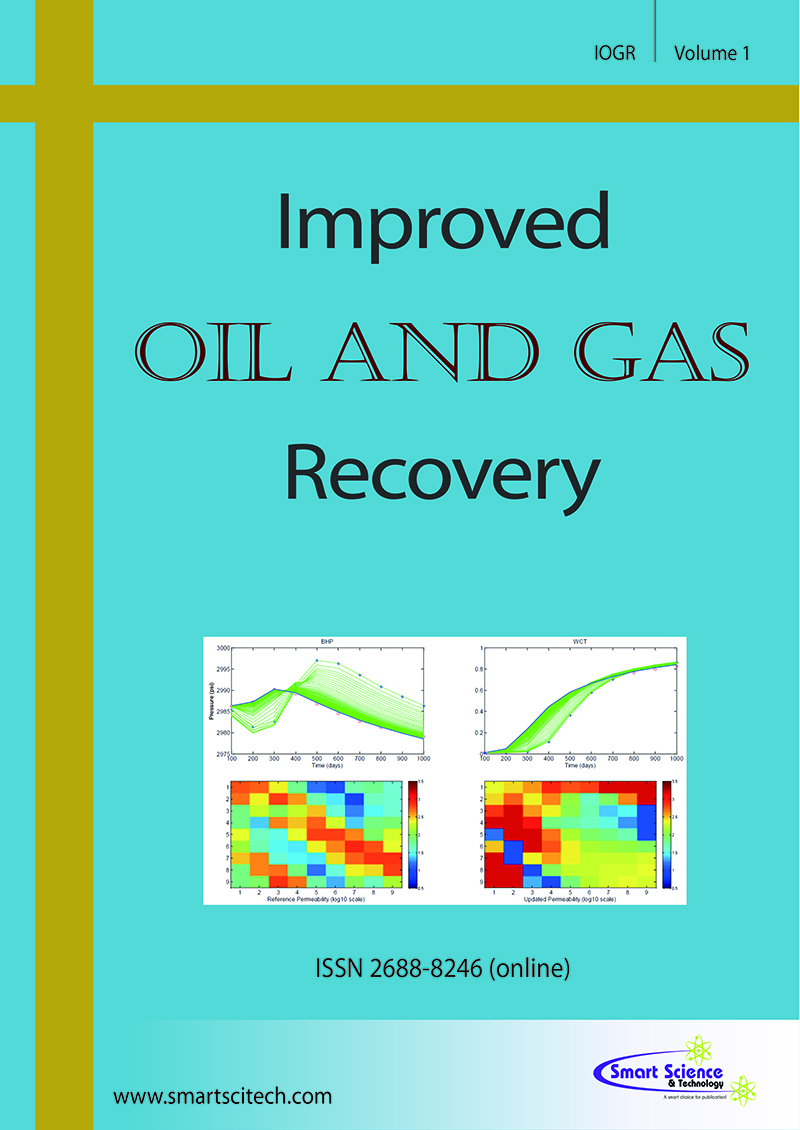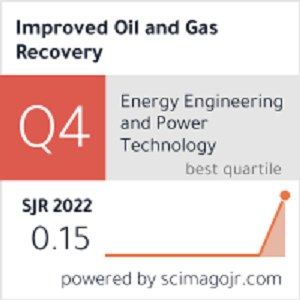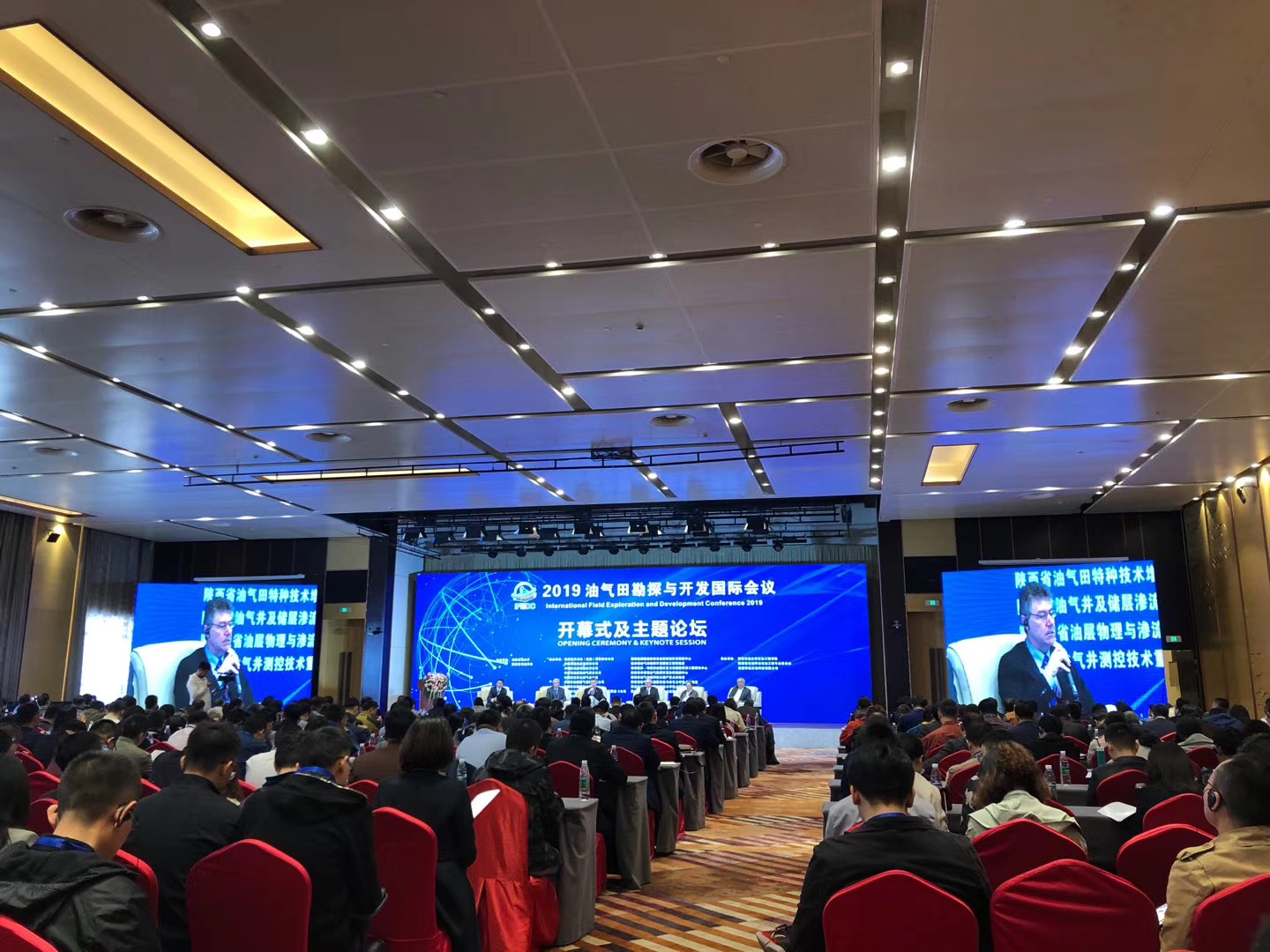Interfacial Characterization and Minimum Miscible Pressure Study of CO2 Flooding Based on Molecular Dynamics
DOI: 10.14800/IOGR.1207
Abstract
CO2 flooding can not only effectively improve the recovery of oil reservoirs, but also permanently store CO2 underground to alleviate the greenhouse effect. In the process of CO2 flooding, CO2 is injected into the oil reservoirs to affect the properties of crude oil through adsorption on oil interface, which reduces the interfacial tension and the density of the crude oil, thereby enhancing the recovery factor. Conventional core flooding experiments can only observe the oil displacement effect from a macroscopic perspective, but it is difficult to characterize the interface of CO2 flooding from a microscopic perspective. Furthermore, the experiment to obtain the minimum miscible pressure (MMP) usually requires a long time and high cost.
In this study, an all-atom molecular dynamics simulation method was used to establish a CO2 model and a crude oil model. Using the CO2 force field of ZHU and the alkane force field of NERD, the interface interaction, interface characteristics, and minimum miscible pressure between CO2 and crude oil were analyzed. The research results show that when CO2 mixes with the crude oil, CO2 accumulates at the interface to form an adsorption layer; with the increase of system pressure, the phase interface and the CO2 adsorption layer gradually become thicken, and the interfacial tension (IFT) between CO2 and crude oil decreases linearly. The addition of the light hydrocarbon component allows CO2 to be more readily miscible with crude oil. At a low pressure, IFT decreases with increasing temperature, while at a high pressure, IFT increases with increasing temperature and MMP increases with increasing temperature as well. The MMP calculated using linear extrapolation of the interfacial tension was in good agreement with the experiment measurements.
The main innovations of this study was the use of molecular dynamics analysis to simulate the interfacial properties of a system composed of CO2 and n-alkanes, and it is applicable to apply the simulated MMP in real oilfields.This study can significantly reduce the human, material and financial resources of the experiment in estimating MMP and also provide constructive suggestions on the practical application of CO2 flooding on oil reservoirs.
Downloads
Published
How to Cite
Issue
Section
License
Copyright (c) 2022 The Author(s)

This work is licensed under a Creative Commons Attribution 4.0 International License.












